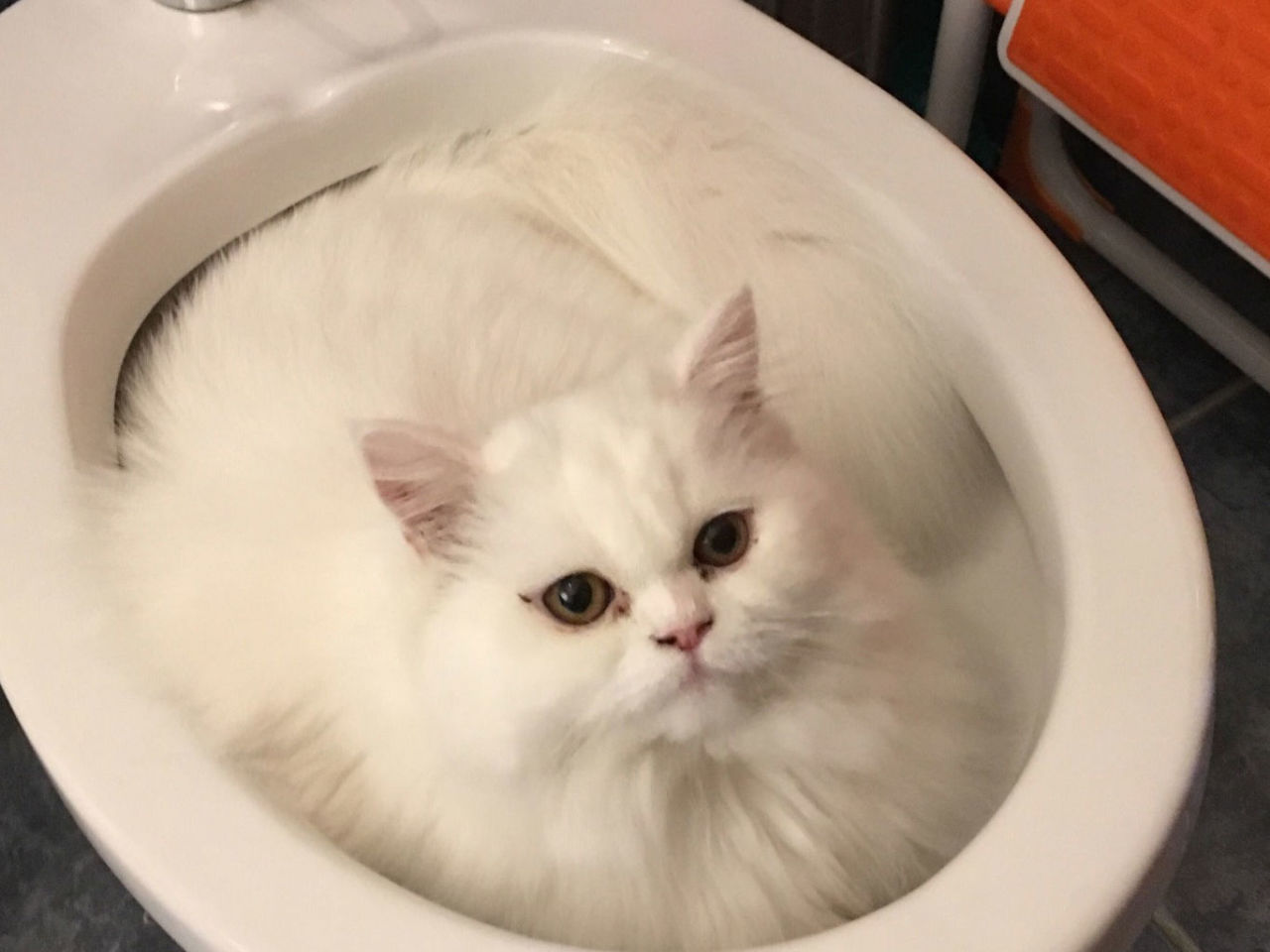Dangers of Flushing Cat Poop Down Your Toilet - Avoid Possible Issues
Dangers of Flushing Cat Poop Down Your Toilet - Avoid Possible Issues
Blog Article
We have come across this great article pertaining to How to Dispose of Cat Poop and Litter Without Plastic Bags down the page on the internet and figured it made good sense to relate it with you here.

Intro
As cat proprietors, it's important to bear in mind how we take care of our feline good friends' waste. While it might seem hassle-free to flush cat poop down the toilet, this technique can have harmful consequences for both the atmosphere and human health.
Environmental Impact
Flushing cat poop presents harmful virus and bloodsuckers right into the supply of water, posing a considerable danger to aquatic environments. These pollutants can negatively influence marine life and concession water top quality.
Health and wellness Risks
In addition to ecological problems, purging cat waste can also present health threats to humans. Cat feces may contain Toxoplasma gondii, a bloodsucker that can cause toxoplasmosis-- a possibly extreme illness, especially for pregnant ladies and people with damaged body immune systems.
Alternatives to Flushing
Thankfully, there are safer and extra liable ways to get rid of feline poop. Take into consideration the complying with options:
1. Scoop and Dispose in Trash
The most common method of throwing away cat poop is to scoop it right into an eco-friendly bag and toss it in the garbage. Be sure to use a dedicated trash inside story and throw away the waste quickly.
2. Usage Biodegradable Litter
Select eco-friendly pet cat clutter made from products such as corn or wheat. These clutters are eco-friendly and can be securely dealt with in the garbage.
3. Bury in the Yard
If you have a lawn, think about hiding cat waste in a designated location away from veggie gardens and water sources. Make certain to dig deep sufficient to stop contamination of groundwater.
4. Set Up a Pet Waste Disposal System
Purchase a pet dog waste disposal system especially made for feline waste. These systems utilize enzymes to break down the waste, lowering smell and ecological effect.
Final thought
Responsible pet dog possession extends beyond providing food and sanctuary-- it also entails appropriate waste administration. By refraining from flushing feline poop down the toilet and opting for alternate disposal approaches, we can reduce our ecological footprint and secure human wellness.
Why Can’t I Flush Cat Poop?
It Spreads a Parasite
Cats are frequently infected with a parasite called toxoplasma gondii. The parasite causes an infection called toxoplasmosis. It is usually harmless to cats. The parasite only uses cat poop as a host for its eggs. Otherwise, the cat’s immune system usually keeps the infection at low enough levels to maintain its own health. But it does not stop the develop of eggs. These eggs are tiny and surprisingly tough. They may survive for a year before they begin to grow. But that’s the problem.
Our wastewater system is not designed to deal with toxoplasmosis eggs. Instead, most eggs will flush from your toilet into sewers and wastewater management plants. After the sewage is treated for many other harmful things in it, it is typically released into local rivers, lakes, or oceans. Here, the toxoplasmosis eggs can find new hosts, including starfish, crabs, otters, and many other wildlife. For many, this is a significant risk to their health. Toxoplasmosis can also end up infecting water sources that are important for agriculture, which means our deer, pigs, and sheep can get infected too.
Is There Risk to Humans?
There can be a risk to human life from flushing cat poop down the toilet. If you do so, the parasites from your cat’s poop can end up in shellfish, game animals, or livestock. If this meat is then served raw or undercooked, the people who eat it can get sick.
In fact, according to the CDC, 40 million people in the United States are infected with toxoplasma gondii. They get it from exposure to infected seafood, or from some kind of cat poop contamination, like drinking from a stream that is contaminated or touching anything that has come into contact with cat poop. That includes just cleaning a cat litter box.
Most people who get infected with these parasites will not develop any symptoms. However, for pregnant women or for those with compromised immune systems, the parasite can cause severe health problems.
How to Handle Cat Poop
The best way to handle cat poop is actually to clean the box more often. The eggs that the parasite sheds will not become active until one to five days after the cat poops. That means that if you clean daily, you’re much less likely to come into direct contact with infectious eggs.
That said, always dispose of cat poop in the garbage and not down the toilet. Wash your hands before and after you clean the litter box, and bring the bag of poop right outside to your garbage bins.
https://trenchlesssolutionsusa.com/why-cant-i-flush-cat-poop/

I'm just very interested by Don’t flush cat feces down the toilet and I really hope you enjoyed the blog post. I beg you take the time to share this content if you liked it. Thank-you for your time invested reading it.
Additional Resources Report this page